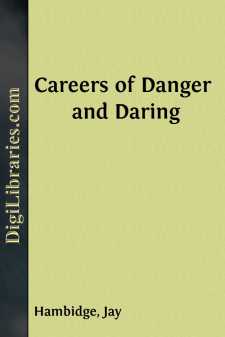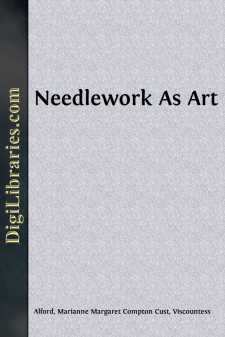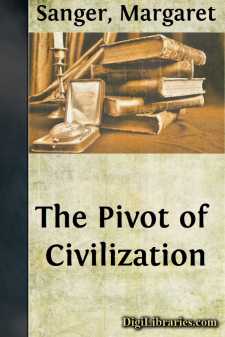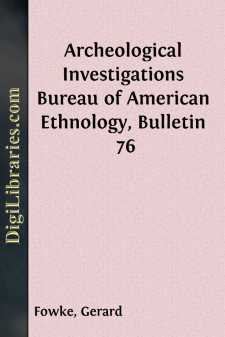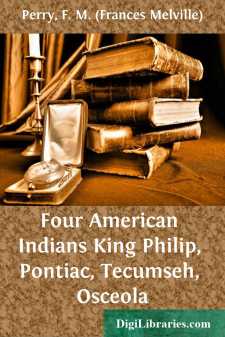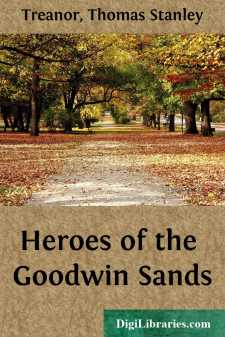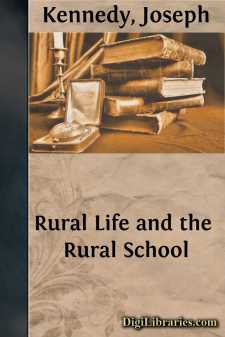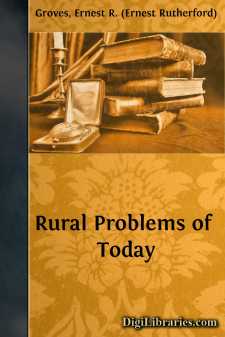Non-Classifiable
- Non-Classifiable 1768
Non-Classifiable Books
Sort by:
by:
Jay Hambidge
IN WHICH WE MAKE THE ACQUAINTANCE OF "STEEPLE BOB"DURING the summer months of 1900—what blazing hot months, to be sure!—people on lower Broadway were constantly coming upon other people with chins in the air, staring up and exclaiming: "Dear me, isn't it wonderful!" or "There's that fellow again; I'm sure he'll break his neck!" Then they would pass on and...
more...
PREFACE. In the Preface to the “Handbook of Art Needlework,” which I edited for the Royal School at South Kensington in 1880, I undertook to write a second part, to be devoted to design, colour, and the common-sense modes of treating decorative art, as applied especially to embroidered hangings, furniture, dress, and the smaller objects of luxury. Circumstances have, since then, obliged me to...
more...
by:
John Bunyan
'We have this treasure in earthen vessels, that the excellency of the power may be of God, and not of us.'—2 Cor 4:7 'For my thoughts are not your thoughts, neither are your ways my ways, saith the Lord.'—Isaiah 55:8. 'Though ye have lien among the pots, yet shall ye be as the wings of a dove covered with silver, and her feathers with yellow gold.'—Psalm 68:13. When...
more...
by:
Margaret Sanger
CHAPTER I: A New Truth Emerges Be not ashamed, women, your privilege encloses therest, and is the exit of the rest,You are the gates of the body, and you are the gates ofthe soul. —Walt Whitman This book aims to be neither the first word on the tangled problems of human society to-day, nor the last. My aim has been to emphasize, by the use of concrete and challenging examples and neglected facts, the...
more...
by:
Gerard Fowke
INTRODUCTION The geological structure of that portion of southern Missouri which lies to the westward of the Archean rocks near the Mississippi River is peculiarly suitable for the development of caverns. The Ozark uplift produced far-reaching undulations, and there seem to have been no violent disturbances which would result in extensive faults, considerable displacements, or a pronounced inclination...
more...
I. PHILIP'S PEOPLEA GRAND SACHEMPhilip, ruler of the Wampanoags, was the only Indian in our country to whom the English colonists gave the title of king. Why no other Indian ever received this title I cannot tell, neither is it known how it happened to be given to Philip. The Wampanoags were a tribe of Indians whose homes were in what is now southeastern Massachusetts and in Rhode Island east of...
more...
THE GOODWIN SANDS 'Would'st thou,' so the helmsman answered,'Learn the secrets of the sea?Only those who brave its dangersComprehend its mystery.' The Goodwin Sands are a great sandbank, eight miles long and about four miles wide, rising out of deep water four miles off Deal at their nearest point to the mainland. They run lengthwise from north to south, and their breadth is...
more...
by:
Joseph Kennedy
RURAL LIFE It is only within the past decade that rural life and the rural school have been recognized as genuine problems for the consideration of the American people. Not many years ago, a president of the United States, acting upon his own initiative, appointed a Rural School Commission to investigate country life and to suggest a solution for some of its problems. That Commission itself and its...
more...
THE RURAL WORKER AND THE COUNTRY HOME With reference to the care of children, faulty homes may be divided into two classes. There are homes that give the children too little care and there are homes that give them too much. The failure of the first type of home is obvious. Children need a great deal of wise, patient, and kindly care. Even the lower animals require, when domesticated, considerable care...
more...
INTRODUCTION. In the month of March of the year 1823, I was appointed by his Imperial Majesty Alexander the First, of glorious memory, to the command of a ship, at that time unfinished, but named the Predpriatie (the Enterprise). She had been at first destined for a voyage purely scientific, but circumstances having occurred which rendered it necessary to change the object of the expedition, I was...
more...


